
Tokyo Updates offers in-depth insights into the latest innovations, developments and initiatives shaping Tokyo as a leading global city. J-Stories brings you solutions-focused content from Tokyo Updates, highlighting the creative solutions and groundbreaking efforts emerging from Tokyo.
***
The water conservation forests that lie in the west of Tokyo are the source of life for residents in the Japanese capital. The Bureau of Waterworks, Tokyo Metropolitan Government (Tokyo Waterworks Bureau) has established naming rights for parts of the forests and is working with companies to maintain them. One of them is Casio Forest, named by Casio Computer Co., Ltd. We spoke to Yamagishi Masakatsu of the Sustainability Promotion Office at Casio's Corporate Communication Headquarters about the initiative and the company's influence in the forest.
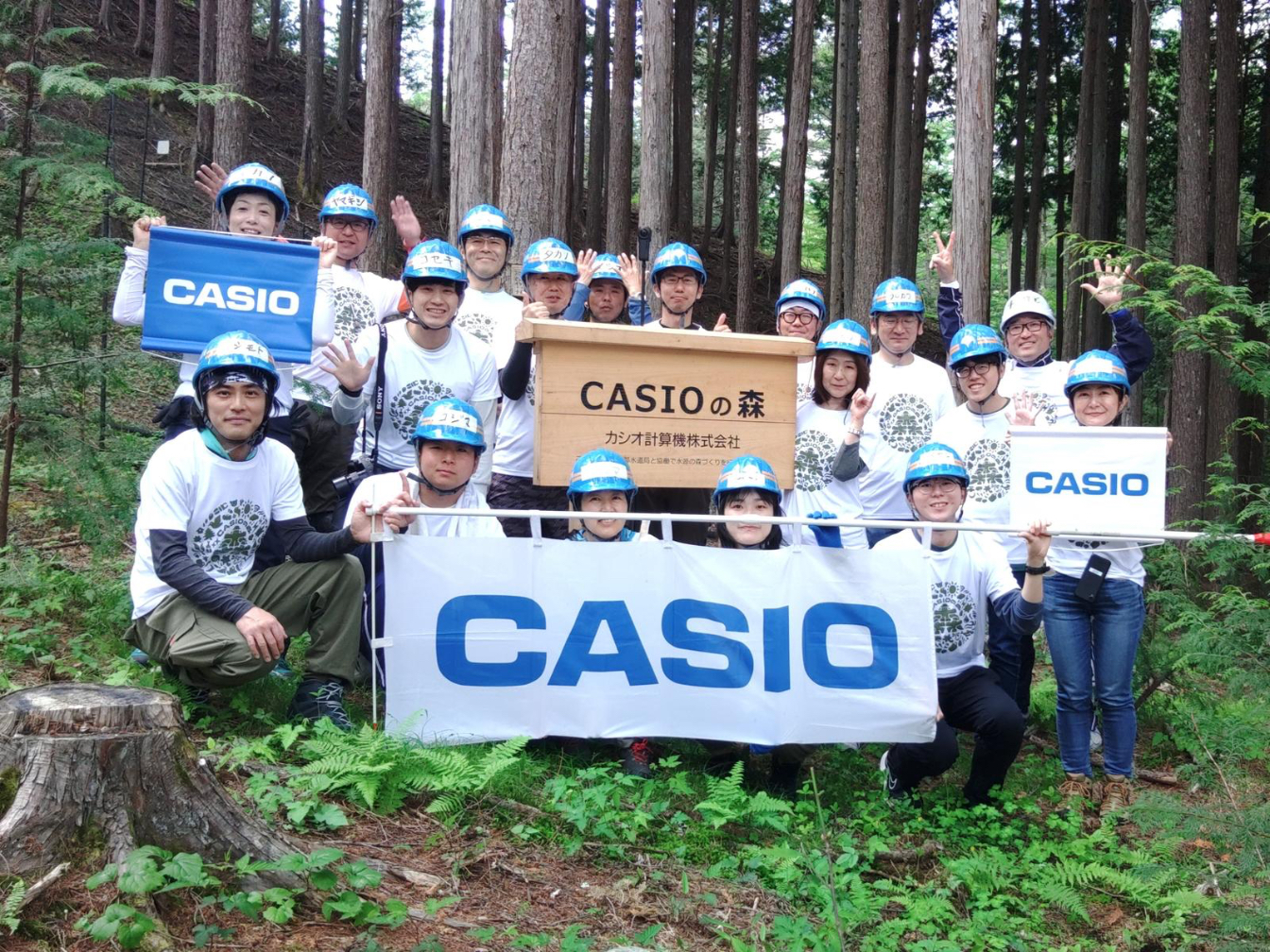
Promoting Planned Forest Conservation
Tokyo's water conservation forests spread across the town of Okutama in western Tokyo as well as parts of the neighboring prefecture of Yamanashi. As of April 2024, they cover an area of approximately 25,000 hectares, extending 30.9 km from east to west and 19.5 km from north to south. This is about 50 percent of the total forest area along the upper reaches of the Tama River that runs through Tokyo, and is four times bigger than Manhattan, making it the largest forest in the country owned by any water supply utility.
An official from the Tokyo Waterworks Bureau explains the purpose of incorporating naming rights into the conservation of the forests: "We have been managing the forests for more than 120 years, but we thought it was necessary to promote systematic forest conservation in order to continue to properly manage them. We also thought we needed to cooperate with various entities to promote understanding of the importance of water source conservation and to expand participation in maintenance of the forests."
Casio signed a naming rights agreement with the Tokyo Waterworks Bureau in 2018, with 2.46 hectares of land now called "Casio Forest" located in Koshu City, Yamanashi. Yamagishi says, "We were considering measures to address environmental issues and looking for ways to incorporate CO2 reduction into the business operations of the entire Casio Group, and decided to sign the agreement because we thought protecting the water conservation forests was very important to that end. Incidentally, the founder of Casio happened to be from Kochi Prefecture, which is famous for its forestry."
The company's activities in Casio Forest range from site preparation to planting, weeding, and thinning to maintaining an appropriate forest environment, as well as acorn collection and seedling raising to support the supplementary planting of oak trees. It also covers a wide range of activities, including the creation and installation of nest boxes to encourage the breeding of wild birds to prevent diseases and insect pests from damaging the forest, and regular cleaning.
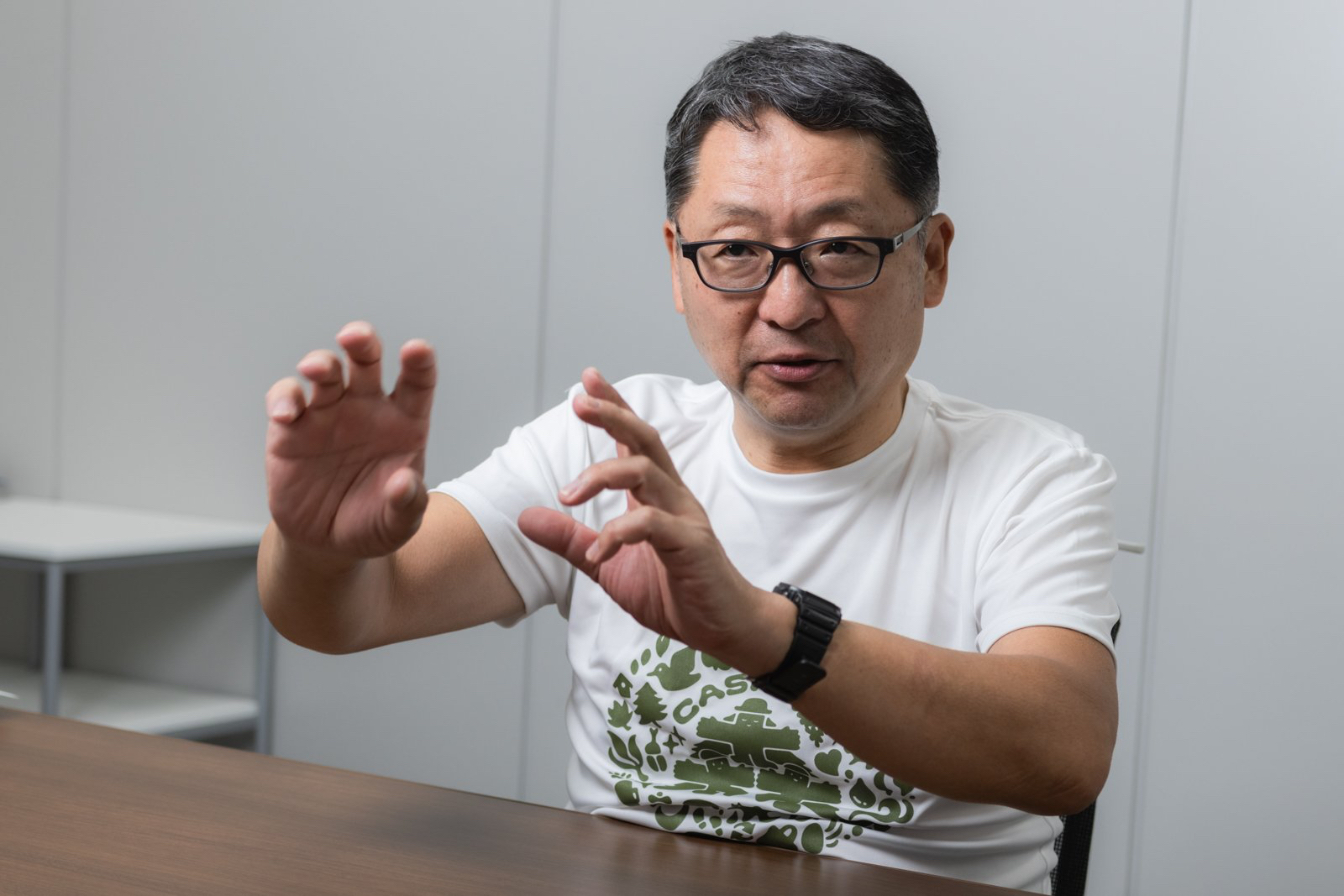
Heightened Awareness of Telecoupling
At the start of the project, all employees were invited to participate in the conservation activities. However, this participation was not part of their job, and they were required to work on it as volunteers, paying for everything including transportation. "I wanted them to go to the site on their own initiative, see what needed to be done there, and feel the necessity for conservation firsthand. The idea was that they would need to act voluntarily rather than being required by work in order to think of it as their own problem."
The agreement dictates that on-site activities be held three times a year, in the spring, summer and before winter. Initially, only about a dozen people participated, but the number gradually increased over the years, reaching more than 20 this year. "We have repeat participants, but as we published our activity reports internally, more and more employees became interested. They also wanted to come with their family members, including children, and the circle gradually expanded to former employees and outside experts who heard about it."
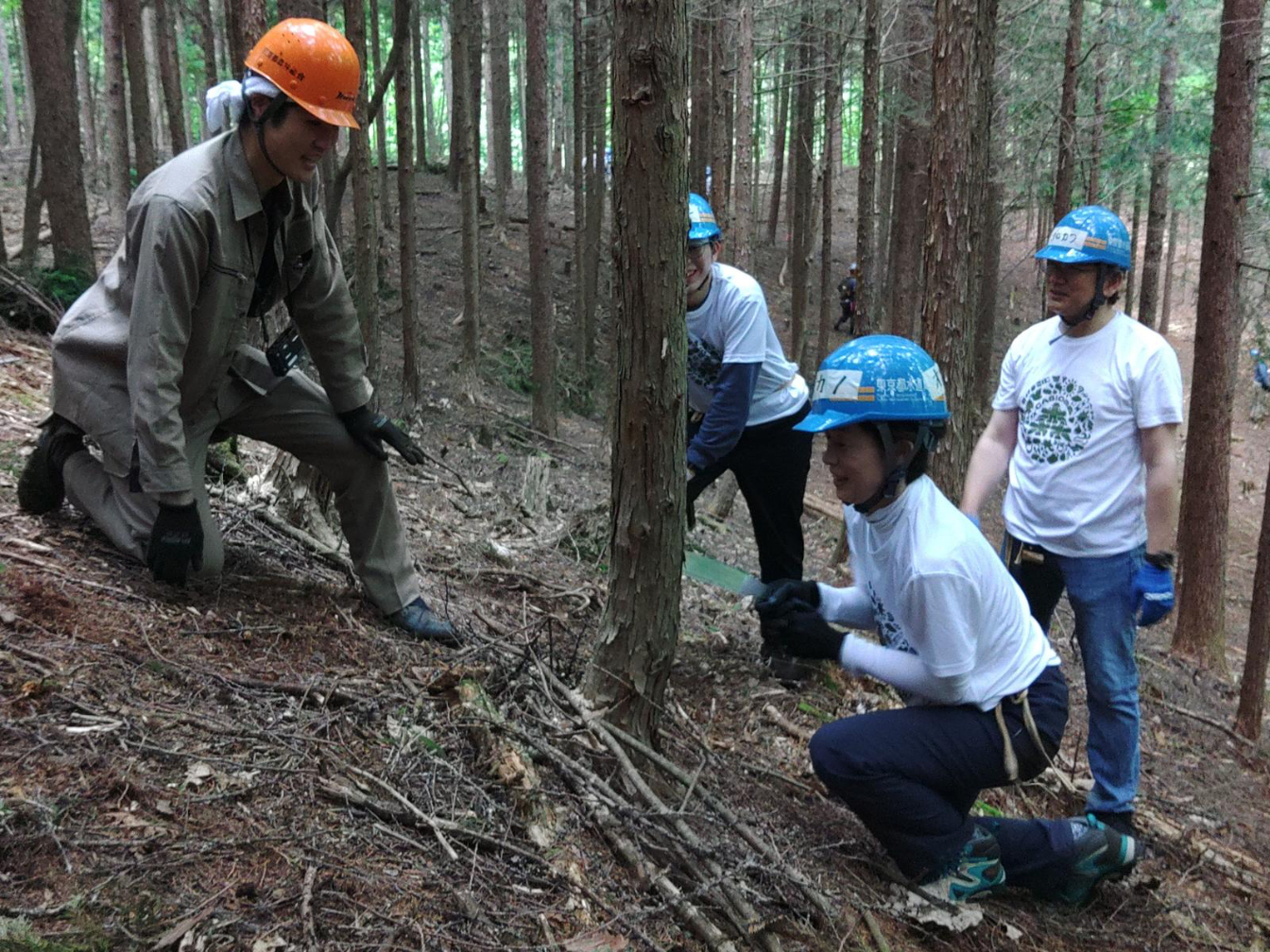
Comments from participants include, "It was fun and helped me understand the importance of maintaining the water conservation forests," "Experiencing environmental conservation in the field made me start to think of social issues such as SDGs as my own," and "I felt that I could discover various social issues and new business ideas through this activity."
Yamagishi says, "Of course, the water conservation forests are quite far, and it takes a long time to get there from Tokyo, but those of us who live and work in the city should not be indifferent to the environment of those forests. I believe that the increased awareness of telecoupling (socioeconomic and environmental interactions over distances) like this is also an important benefit for the company."
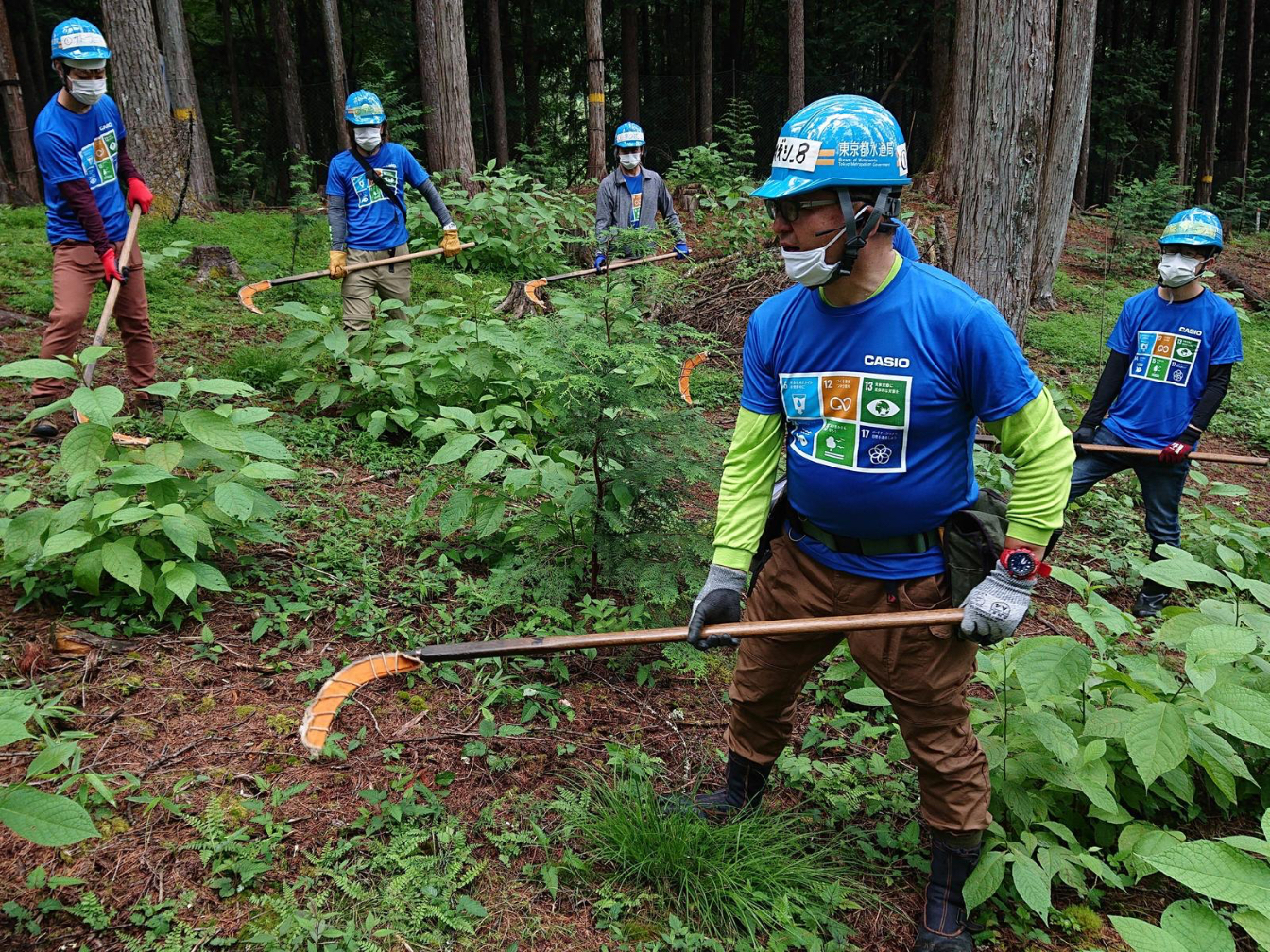
Shared Culture
Casio has also actively worked towards nature conservation at its seven offices nationwide. These initiatives continue at two locations, including the Hamura R&D Center in Hamura City, western Tokyo, where more than 1,000 employees work. Yamagishi explains the activities taking place there:
"It started around the same time as the Casio Forest project. For example, we conducted a biodiversity survey to see what kind of plants and animals exist on the site. Some employees even observe the plants when they arrive at work every morning. It turns out that we have some endangered plants there. We are trying to protect them through trial and error by doing things like asking experts, consulting literature, and covering them with nets to keep pests away. We want to create an environment where a variety of plants suitable for this area can grow wild as much as possible."
Through these efforts, a certain shared culture was gradually fostered among the employees. "One of our materialities (key issues) is living in harmony with nature. I feel that this awareness is spreading through our activities in Casio Forest and at our offices."
Yamagishi is beginning to feel that this increased awareness will eventually give some impetus to the company's overall business. "We also have watch products with outdoor elements, such as G-SHOCK and PRO TREK. I hope that this will have a positive impact on the planning and sales of such products in the future."
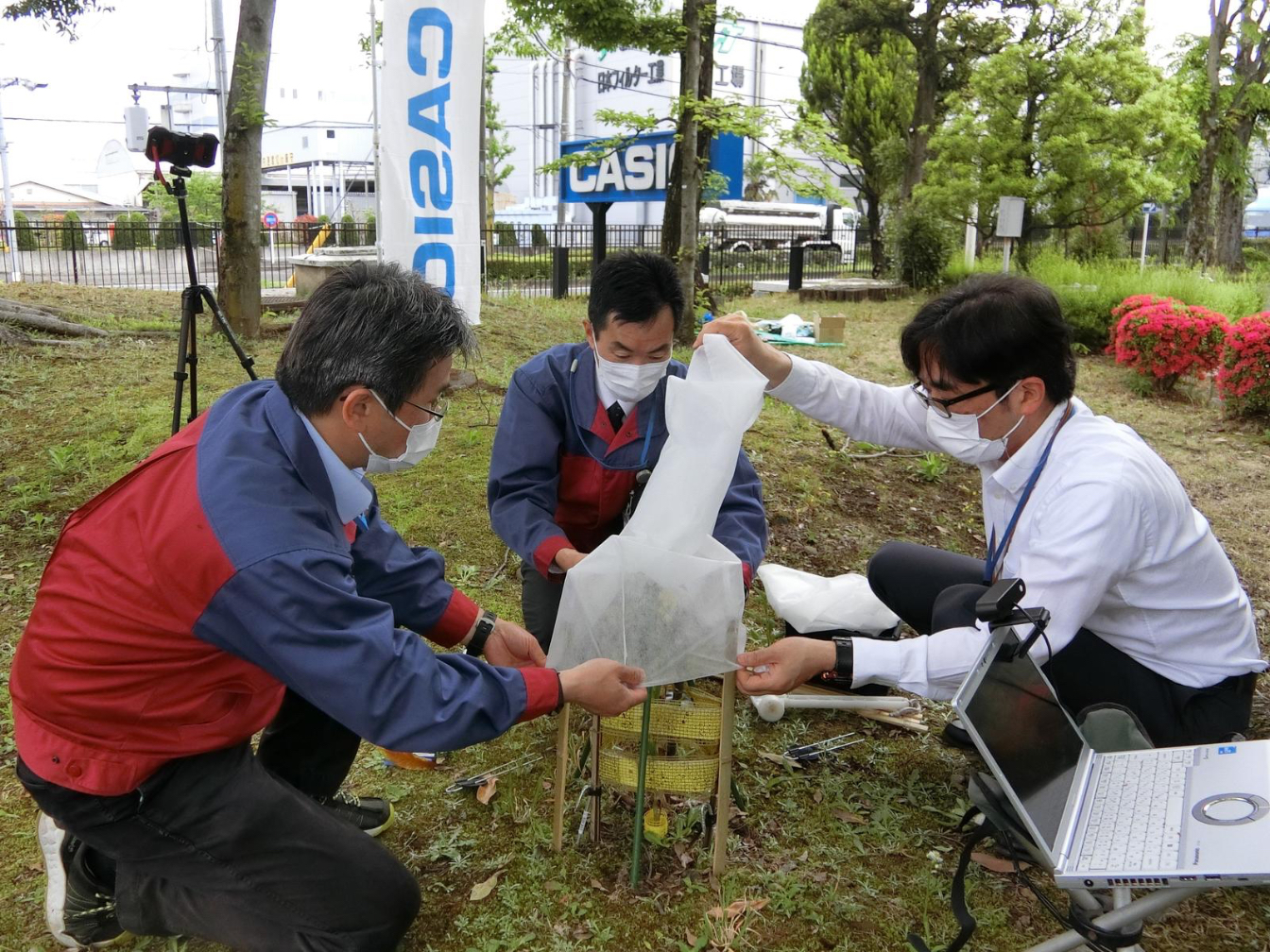
Yamagishi Masakatsu
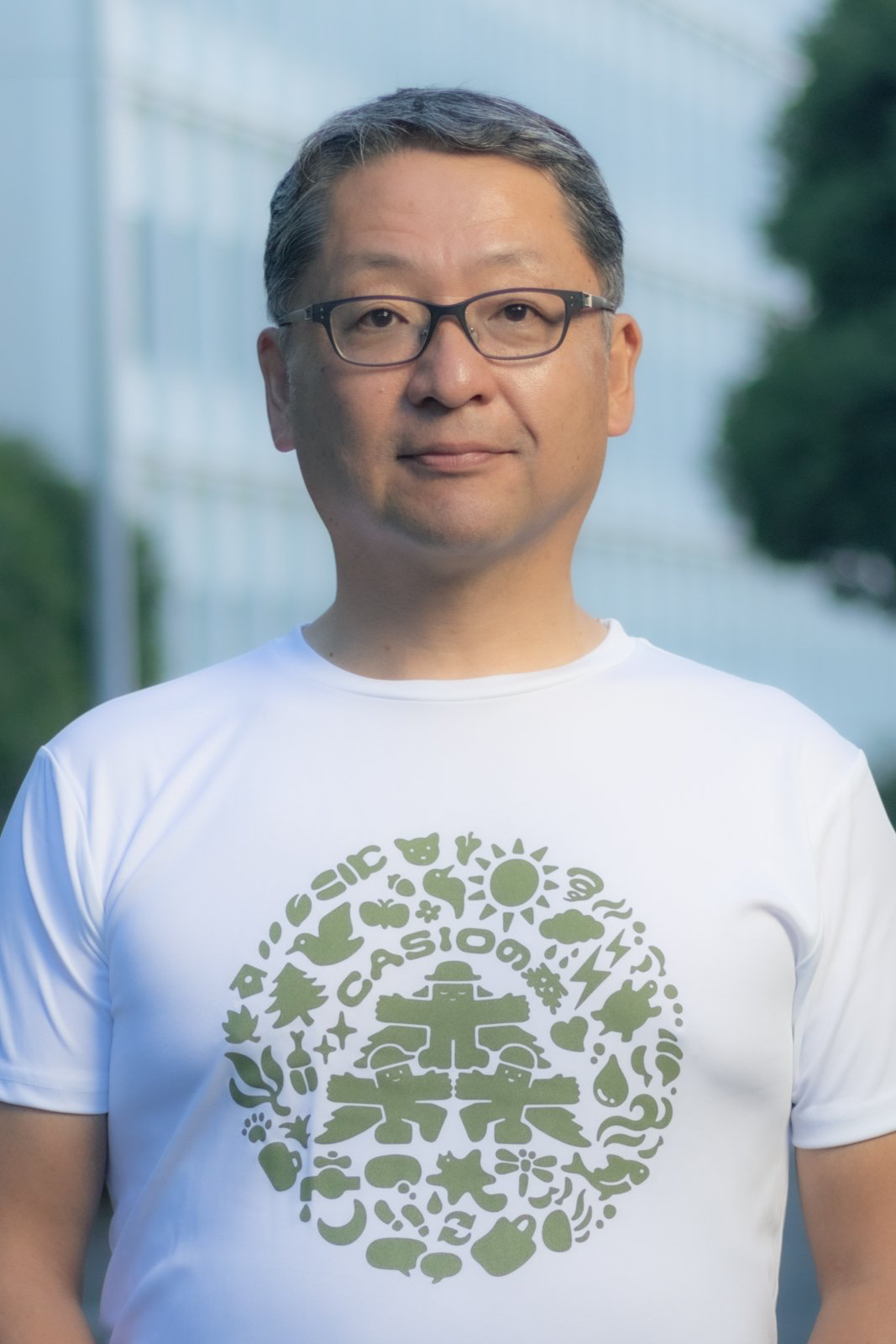

Operating on the concept that envisions green urban development for the next 100 years, the Tokyo Metropolitan Government is pushing initiatives to protect, increase and maintain, and cultivate Tokyo's greenery.By working with companies and a variety of other entities, its efforts aim to transform Tokyo into a sustainable city that exists in harmony with nature. https://www.metro.tokyo.lg.jp/english/policies/environment/0804_01.html
To read the original article and more stories about what Tokyo offers, please visit Tokyo Updates' website.
Interview and writing by Yoshida Shuhei
Photos courtesy of Casio Computer Co., Ltd.
Translation by Endo Toshio
Casio Forest
Casio official website
***
Click here for the Japanese translation of this article
![[Tokyo Updates] 'Casio Forest' Protects Water Supply for Tokyo Residents](https://storage.googleapis.com/jstories-cms.appspot.com/images/1729236146846Cas%20head.jpeg)

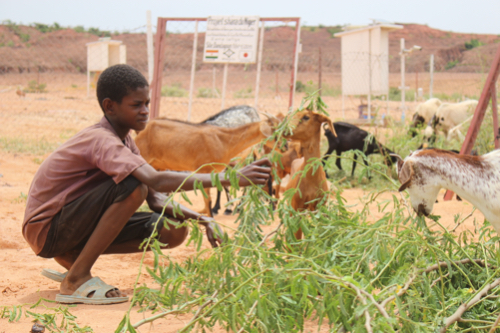

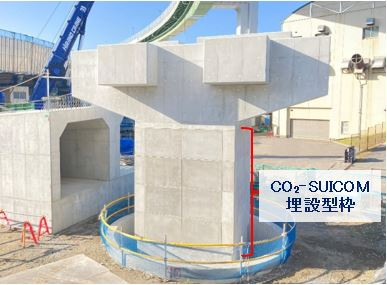
![[Podcast] Japanese technology to supercharge human fertility (Part 3)](https://storage.googleapis.com/jstories-cms.appspot.com/images/1766558713084place-for-scientific-research-2025-03-07-14-08-49-utc%20(1)_bigthumbnail.jpeg)
![[Interview: Part 2] A digital approach to tackle child hunger in Japan with dignity](https://storage.googleapis.com/jstories-cms.appspot.com/images/1766130666509unnamed_bigthumbnail.jpg)
![[Podcast] Japanese technology to supercharge human fertility (Part 2)](https://storage.googleapis.com/jstories-cms.appspot.com/images/1765863548035unnamed-7_bigthumbnail.jpg)
![[Podcast] Japanese technology to supercharge human fertility (Part 1)](https://storage.googleapis.com/jstories-cms.appspot.com/images/1765440905082unnamed_bigthumbnail.jpg)
_bigthumbnail.jpeg)





![[Interview] When digital and physical worlds meet](https://storage.googleapis.com/jstories-cms.appspot.com/images/1747974430456unnamed-2_smallthumbnail.png)
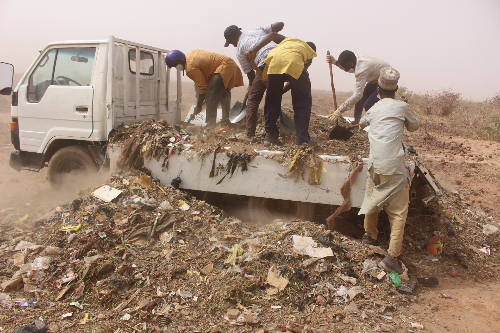



_smallthumbnail.jpeg)

![[Interview: Part 1] From nourishing souls to feeding the hungry](https://storage.googleapis.com/jstories-cms.appspot.com/images/1763695595492unnamed_smallthumbnail.jpg)

